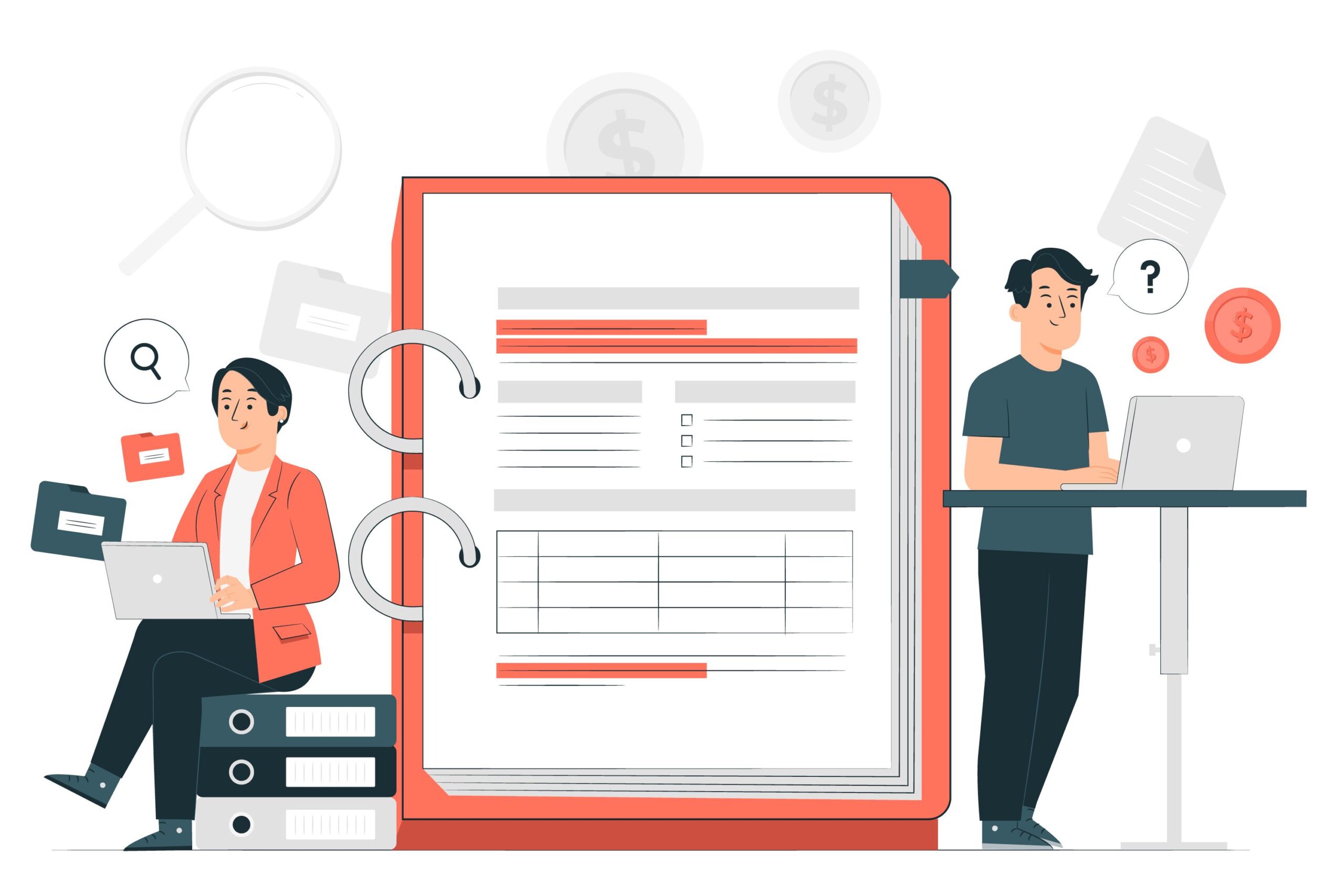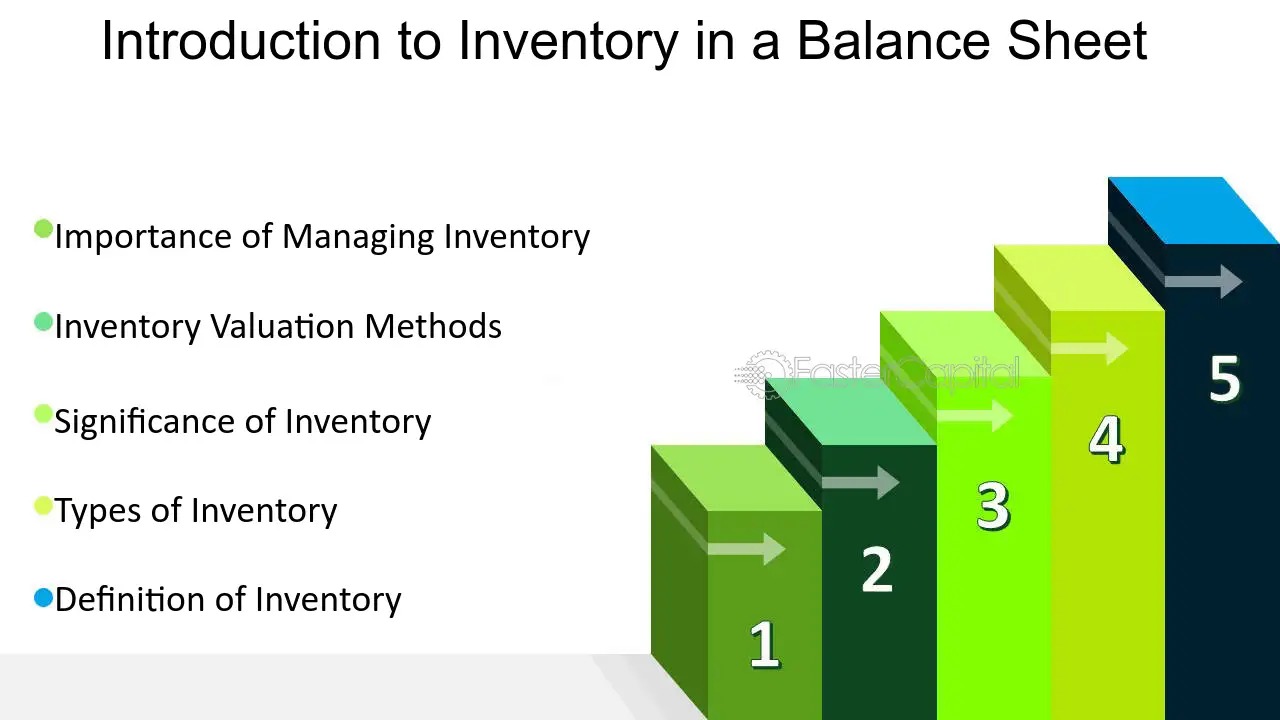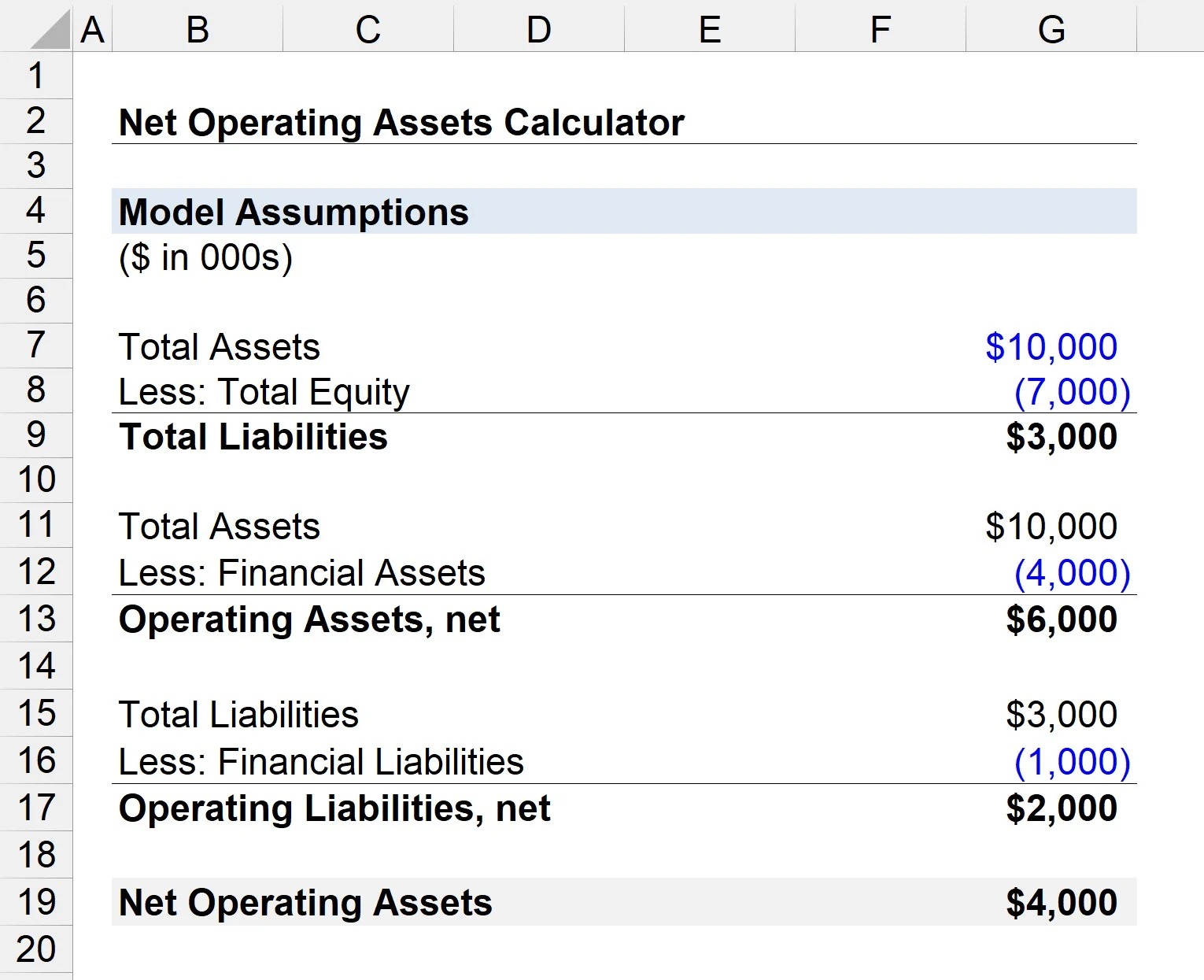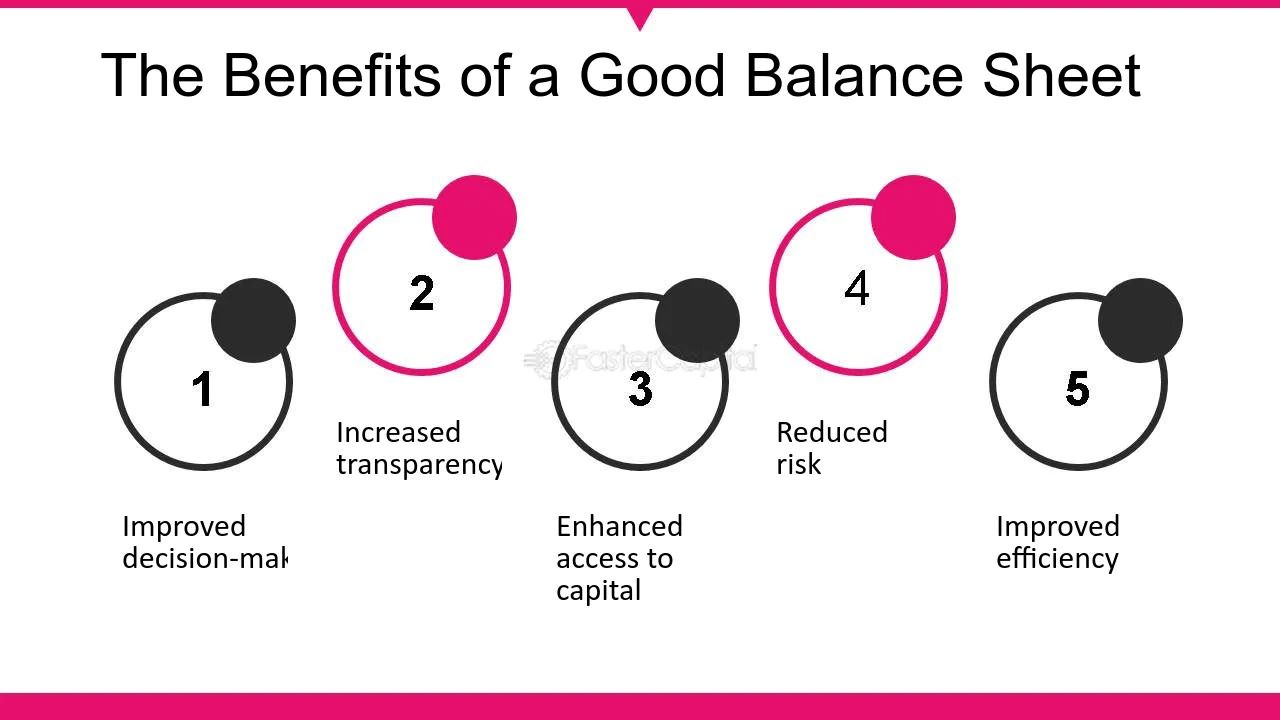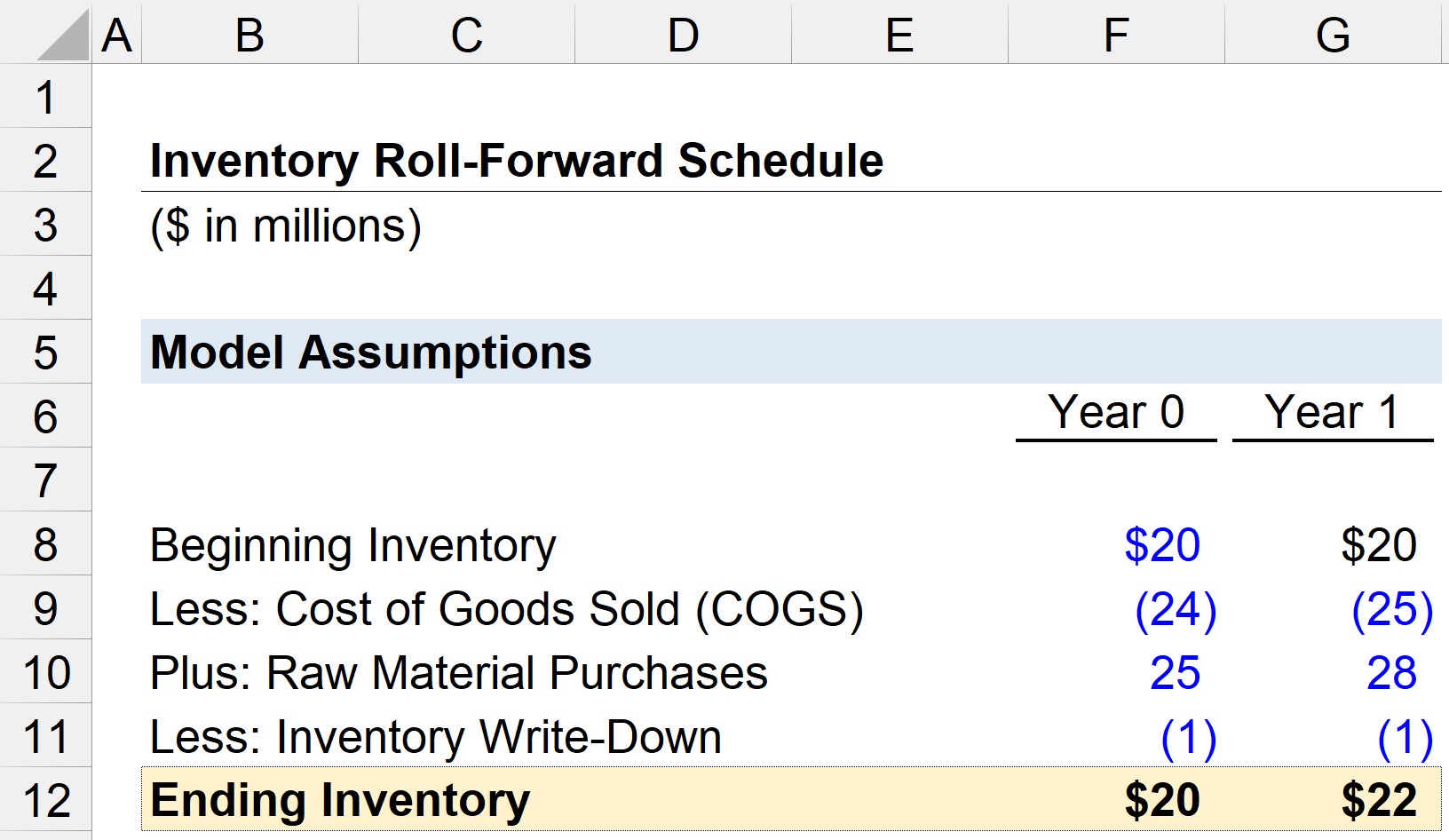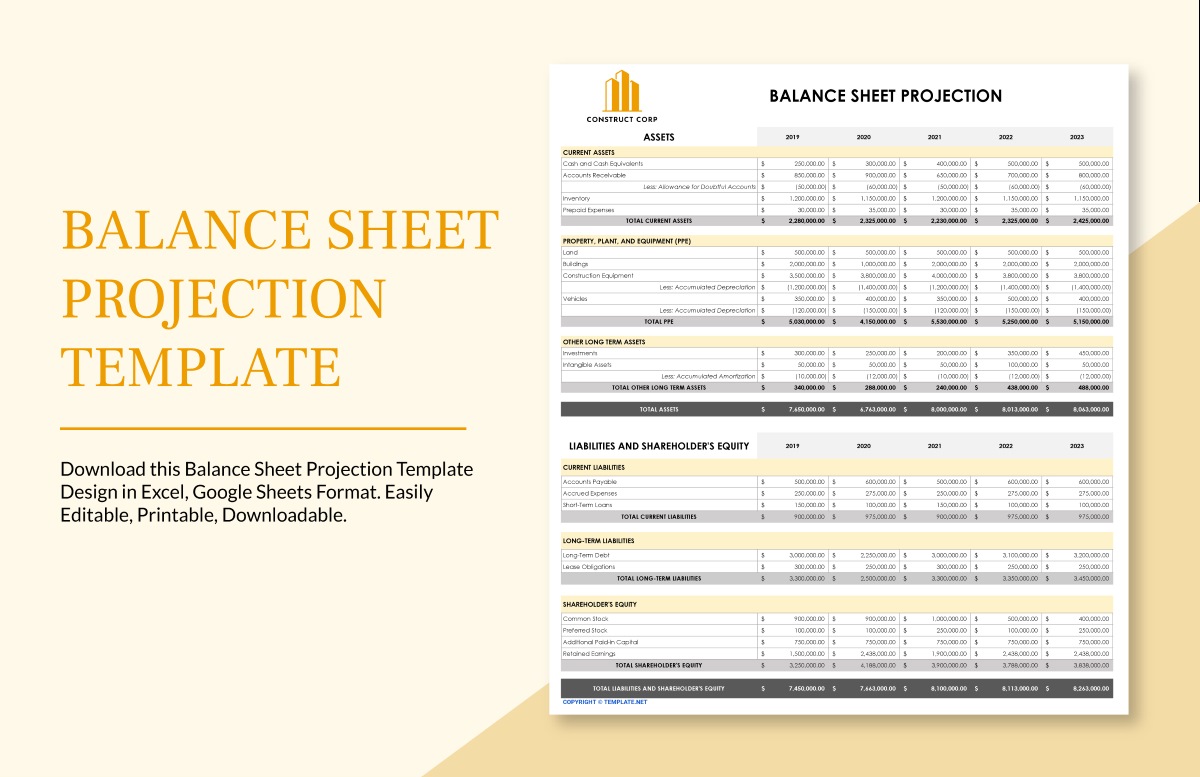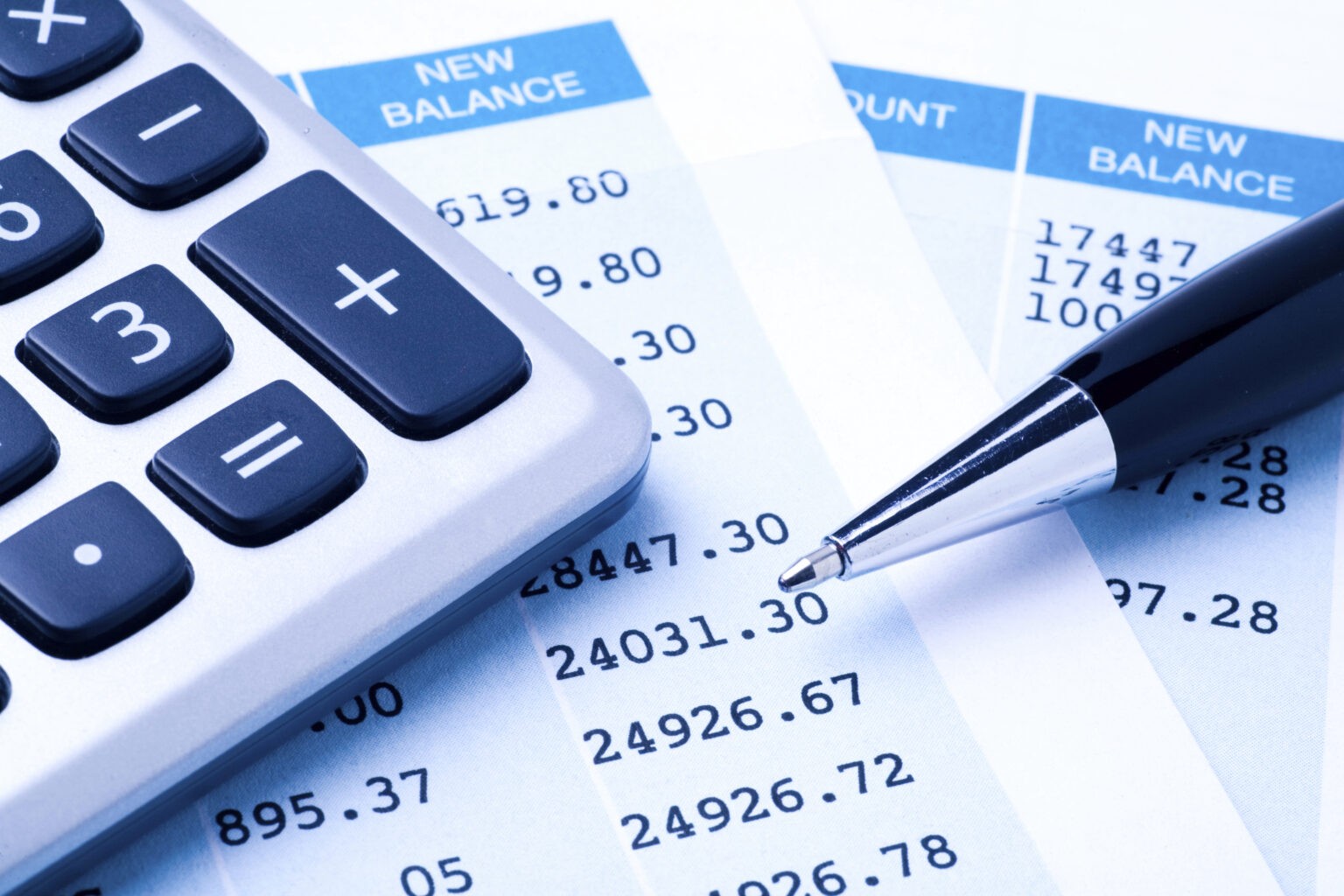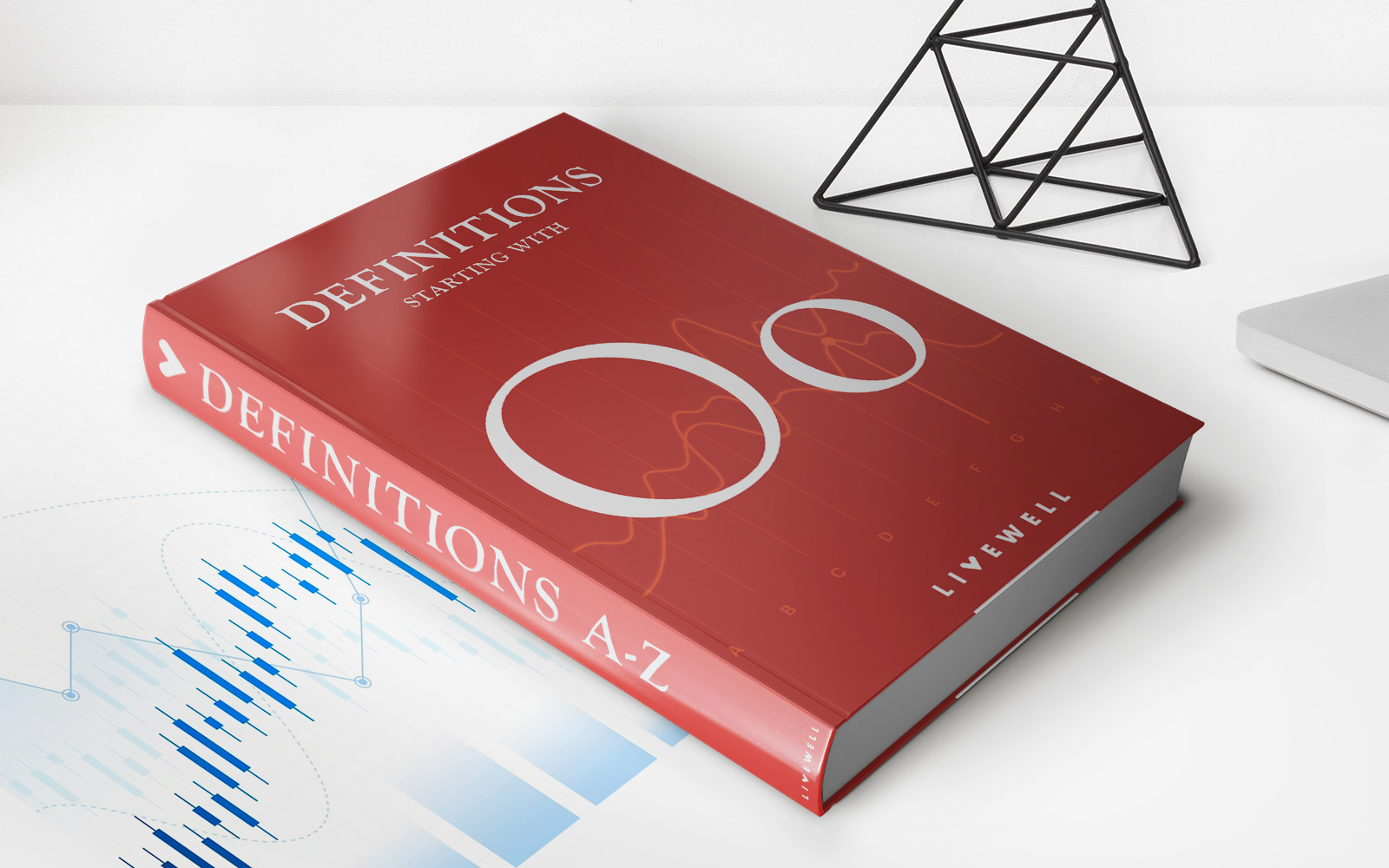Home>Finance>Balance Sheet Reserves: Definition, Types, And Example
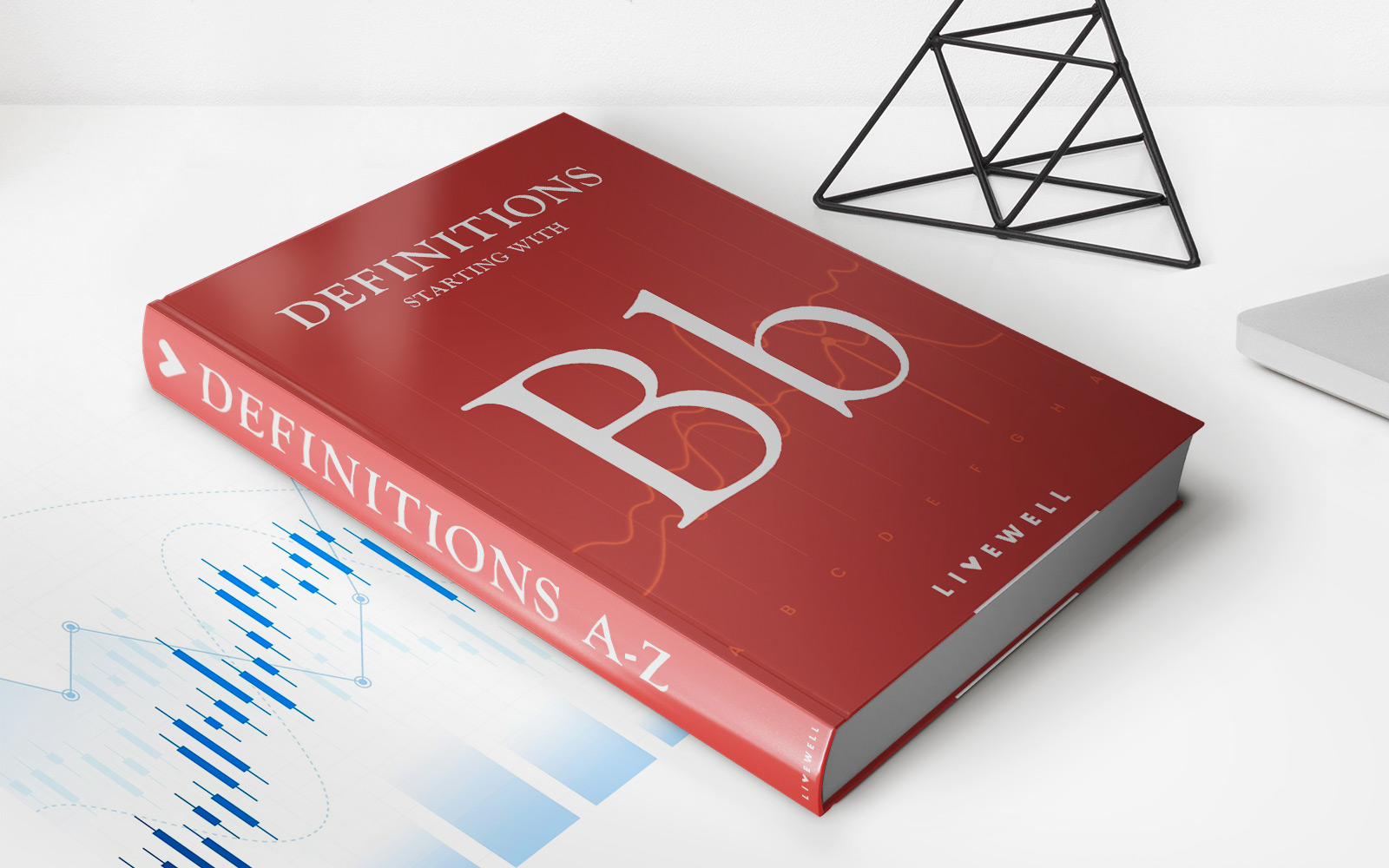

Finance
Balance Sheet Reserves: Definition, Types, And Example
Published: October 13, 2023
Discover the definition, types, and example of balance sheet reserves in finance. Gain insights into this essential financial concept and its importance.
(Many of the links in this article redirect to a specific reviewed product. Your purchase of these products through affiliate links helps to generate commission for LiveWell, at no extra cost. Learn more)
Understanding Balance Sheet Reserves: Definition, Types, and Example
Welcome to our Finance category, where we dive deep into the world of financial concepts and strategies. In this article, we will be exploring balance sheet reserves: what they are, the different types, and provide you with a real-life example. By the end of this post, you’ll have a clear understanding of balance sheet reserves and how they play a crucial role in managing a company’s financial health.
Key Takeaways:
- Balance sheet reserves are funds set aside by a company to cover future obligations or potential losses.
- These reserves act as a safety net, ensuring that a company can meet its financial obligations without jeopardizing its stability.
What Are Balance Sheet Reserves?
A balance sheet reserve is essentially a portion of a company’s retained earnings that is set aside to deal with future uncertainties and contingencies. It serves as a precautionary measure to ensure that the company can weather unforeseen events or fulfill upcoming obligations.
Balance sheet reserves are typically classified as liabilities on a company’s balance sheet. The purpose of creating these reserves is to mitigate potential risks and provide a cushion for future expenses, such as legal claims, warranty obligations, or possible asset write-offs.
Reserves are crucial for maintaining the financial stability of a company. By setting aside funds for unforeseen events, a company can protect its liquidity and maintain investor confidence. Additionally, balance sheet reserves demonstrate responsible financial management, which is particularly important for publicly traded companies. Investors and stakeholders rely on these reserves as an indicator of a company’s ability to handle unexpected situations.
Types of Balance Sheet Reserves
Balance sheet reserves can take various forms depending on the nature of the risks they aim to address. Here are some common types:
- Contingency Reserves: These reserves are created to cover potential future losses or liabilities. For example, a manufacturing company might set aside funds to handle warranty claims or legal disputes.
- Pension Reserves: Sometimes, companies establish reserves to fulfill their pension obligations to employees. These reserves ensure that the company can meet its pension payment requirements without straining its cash flow.
- Asset Write-down Reserves: In situations where the company expects a decline in the value of its assets, such as inventory or real estate, reserves can be created to absorb the potential losses that may arise from asset write-downs.
- Dividend Reserves: Dividend reserves are reserves specifically created to distribute profits to shareholders in the form of dividends. These reserves are often mandated by law or regulatory requirements, ensuring that the distribution of profits is done in a responsible manner.
An Example of Balance Sheet Reserves
Let’s take a look at a hypothetical example to understand how balance sheet reserves work:
ABC Manufacturing, a company that produces electronic devices, sets aside a contingency reserve of $1 million to cover potential warranty claims. In this case, the reserve is shown as a liability on the balance sheet. If the company receives warranty claims in the future, it can utilize these funds to fulfill its warranty obligations without impacting its profitability or liquidity.
This example illustrates how balance sheet reserves function as a financial safety net, providing companies with the necessary funds to handle unexpected events or obligations.
In Conclusion
Balance sheet reserves are an essential tool for managing financial risks and ensuring the stability of a company. They act as a buffer against unexpected events or potential losses, allowing businesses to fulfill their obligations without jeopardizing their financial health. By setting aside funds, companies demonstrate prudent financial management and provide confidence to investors and stakeholders.
We hope this article has provided you with a clear understanding of balance sheet reserves and their importance in the world of finance. As always, stay tuned for more informative content in our Finance category. If you have any questions or topic suggestions, feel free to reach out to us!
